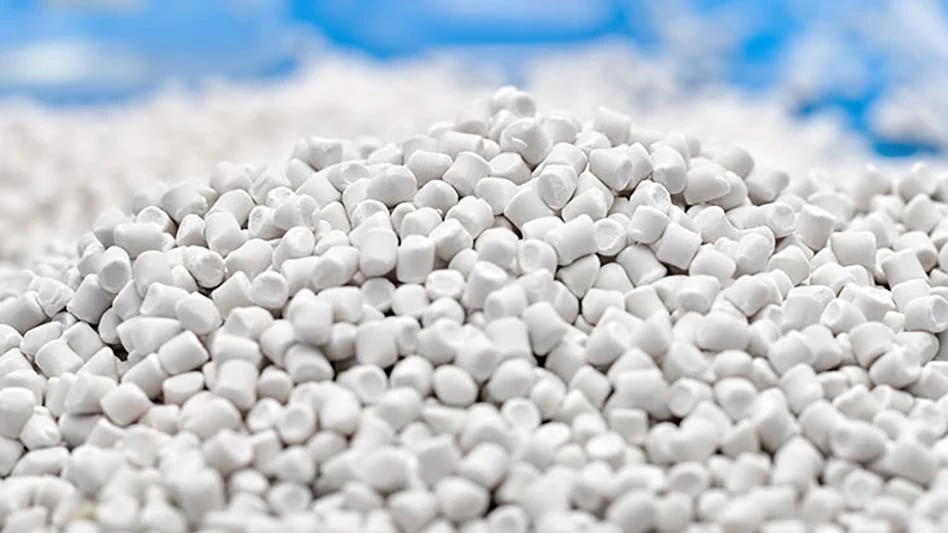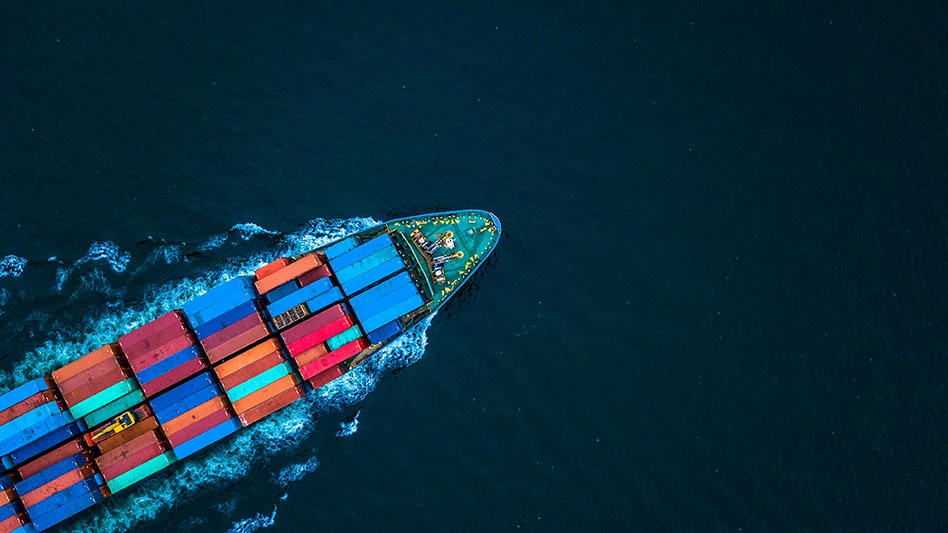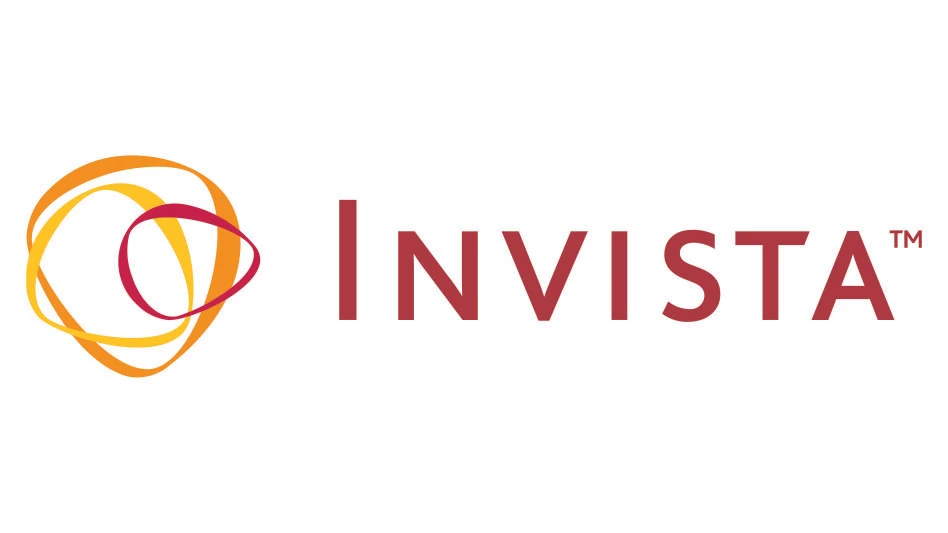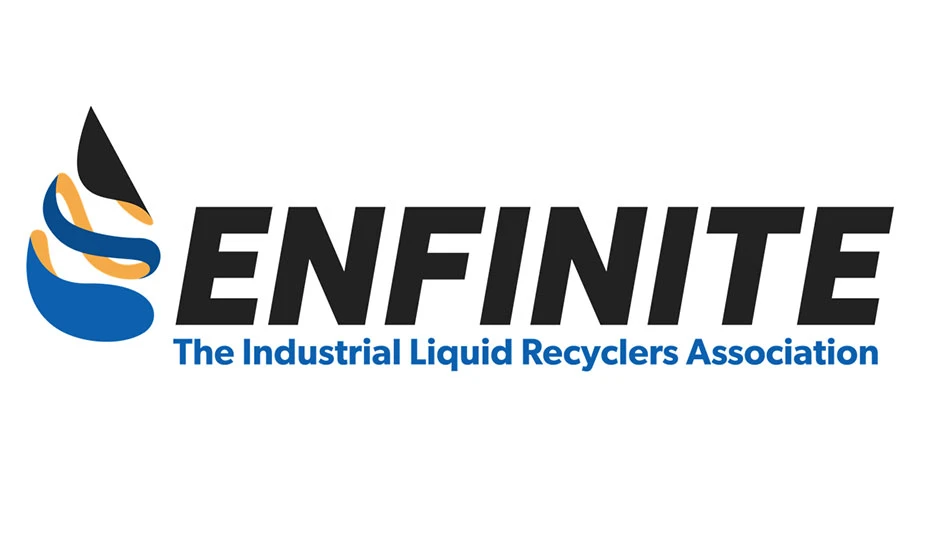
The U.S. plastics recycling ecosystem has been subject to a mixture of progress and challenges, with significant investments and legislative efforts underway to address environmental concerns, alongside legal disputes challenging industry practices.
RELATED: NextLoopp to expand to the Americas | NextLoopp completes full-scale production trials
In the midst of this came the announcement that the U.S. recycling rate for PET, or polyethyleneterephthalate bottles reached 33 percent in 2023, marking the highest rate since 1996. This represents a 4 percentage point increase from the previous year, indicating progress in recycling efforts for this type of plastic.
But what of one of the most widely produced thermoplastics in the world, polypropylene (PP)? Despite being the second most produced polymer after polyethylene, PP is barely recycled. Of the 8 million tons of PP produced in the U.S. each year, only 8 percent are recycled.
Tapping into the PP opportunity
With 1 million tons of postconsumer PP ending up in landfills annually, this represents a major resource loss and a missed opportunity for recyclers and brands to transform this material into valuable food-grade recycled PP, or rPP. This fact spurred recycling technology specialists Nextek, headquartered in London, to launch NextLoopp, the science-driven program that is closing the loop on postconsumer food-grade rPP (FgrPP) in the U.K. and Europe, in 2020.
NextLoopp Americas aims to mobilize U.S.-based organizations to participate in closing the loop on the most prolific fraction of the PP stream, food-grade packaging, which constitutes 70 percent of all rigid PP packaging produced.
A key driver of this collaborative project, which plans to hold its first official participant meeting during the first quarter of this year, is the need to close the significant gap between PP production and food-grade PP recycling.
Drawing from NextLoopp’s four years of intensive R&D in Europe, NextLoopp Americas is designed to move faster and achieve higher goals. The initiative offers participants cost-effective benefits and a structure that avoids antitrust concerns, reduces administrative and resource burdens and delivers timely, cost-effective and cutting-edge results with significant carbon savings potential.
Boosting the flagging FGrPP sector
The clear goal is to deliver the required boost to an industry that appears to be stalled. Despite the U.S. Food and Drug Administration (FDA) issuing 21 no-objection letters (NOLs) since early 2023, FgrPP is not being used in food-contact packaging.
The limited traction in the FgrPP sector means this material is perceived as low-value. NextLoopp Americas aims to flip this around and create a high-value market, working with recyclers technically to help make the required process adjustments to ensure they achieve the necessary standards to supply food-FgrPP.
The collaborative project will deploy a range of advanced technologies to achieve this, including artificial intelligence-, or AI-, driven sorting, intensive cleaning, purification, enhanced washing and high-performance decontamination.
By establishing supply chains and recycling facilities capable of producing Fgr PP under license, the project aims to put FgrPP into widespread use for food-contact applications.
12 steps to fast-track FgrPP production
The program involves 12 clearly defined steps to engage the entire PP packaging supply chain (food and nonfood). These steps begin with auditing PP material streams in target regions of the Americas to characterize feedstock physically and chemically and extends to preparing submissions to the FDA for novel recycling processes, licensing advanced mechanical recycling technologies and disseminating results to demonstrate the recyclability and value of post-consumer FgrPP.
Each facet of the process is designed to fast-track the production of top-quality FgrPP.
An additional aspect of the NextLoopp process is its development of high-performance grades from nonfood fractions of postconsumer rPP. Known as PPristine INRT grades, these materials feature clean compositions and low levels of VOCs, or volatile organic compounds, making them ideal for contact-sensitive cosmetic applications and low-VOCs automotive interior components.
Recycling postconsumer PP into FgrPP is a technically demanding but achievable process with modern equipment. The challenge is investment in sustainable, low-carbon packaging and recycling systems. Addressing the recyclability of all plastics—particularly FgrPP—offers the best business case for expanding infrastructure and local recycling capacity.
By tailoring NextLoopp Americas to local conditions, regulations and resources, the program expects strong momentum from U.S. businesses. The pressing need to demonstrate the recyclability of FgrPP could lead to even greater success here than in Europe.
Professor Edward Kosior is with London-based Nextek, which has provided expertise in the design, optimization, processing and recycling of plastics since 2004, and NextLoopp, which is a global multiparticipant project that is using commercially proven technologies that include markers to separate food-grade polypropylene, or PP, and decontamination technologies designed to ensure compliance with food-grade standards in the EU and the U.S.
Get curated news on YOUR industry.
Enter your email to receive our newsletters.
Latest from Recycling Today
- Greenville, Mississippi, launches aluminum can recycling program
- Cotton Lives On kicks off 2025 recycling activities
- Georgia-Pacific names president of corrugated business
- Sev.en Global Investments completes acquisitions of Celsa Steel UK, Celsa Nordic
- Wisconsin Aluminum Foundry is a finalist for US manufacturing leadership award
- MetalX announces leadership appointments
- Sofidel agrees to purchase Royal Paper assets
- US Plastics Pact report charts expansion path for recycled content in packaging






